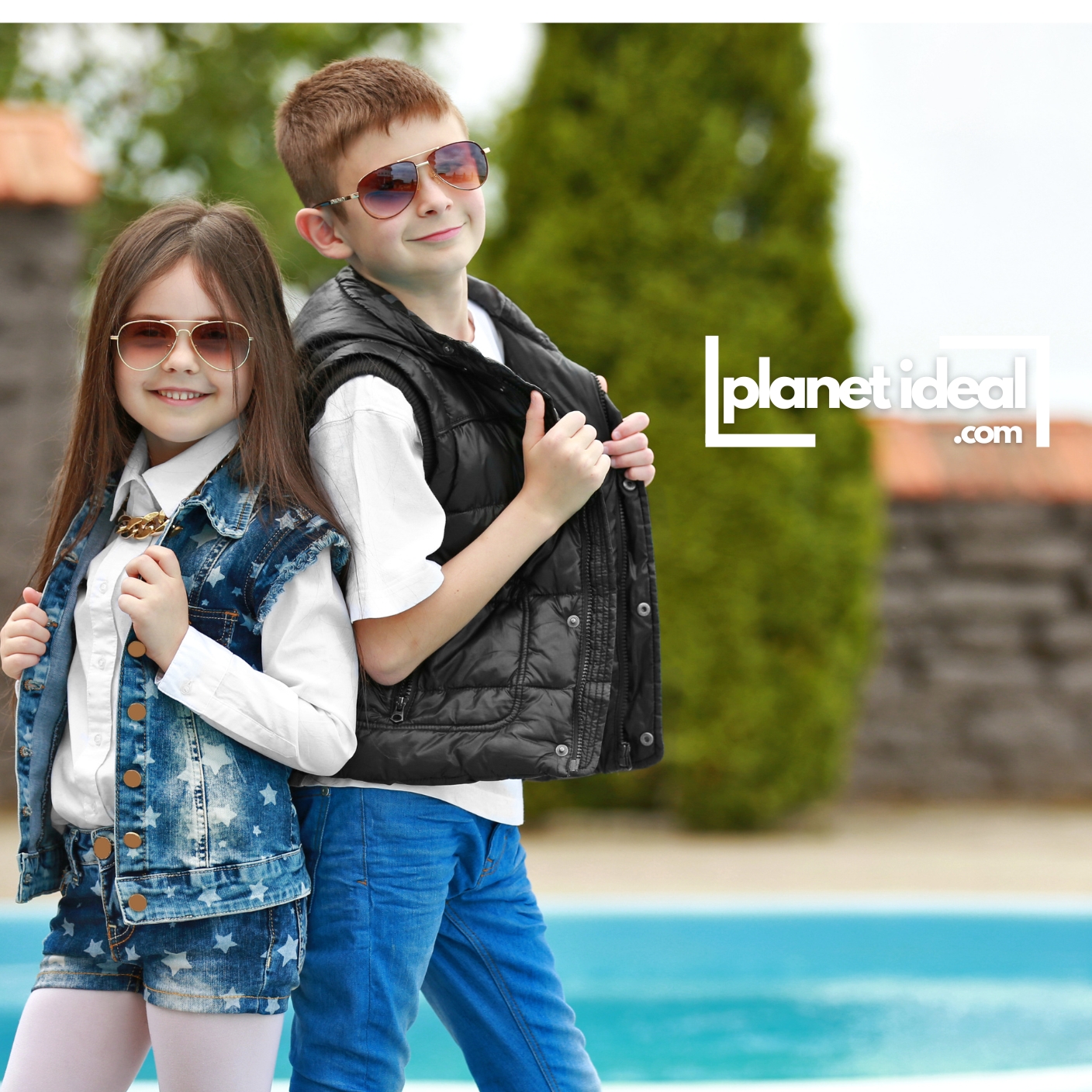Sustainable fashion has come a long way from being a niche concept to becoming a global movement. Today, more than ever, consumers and brands are prioritizing ethical production, eco-friendly materials, and innovative practices to make the industry less harmful to the planet. But what does the future hold for sustainable fashion? Will it become the new norm, or will it face new challenges along the way?
In this post, we’ll explore emerging trends, game-changing innovations, and what’s on the horizon for sustainable fashion. Whether you’re a fashion enthusiast or an eco-conscious shopper, here’s everything you need to know about the next chapter in sustainable fashion.
Table of Contents
Toggle1. Circular Fashion: Closing the Loop
The future of sustainable fashion lies in the circular economy, where clothing is designed to be reused, repaired, and recycled, reducing waste and extending the lifecycle of garments.
How Circular Fashion Works:
| Stage | Action |
|---|---|
| Design | Create durable, repairable clothing. |
| Use | Encourage swapping, renting, or reselling. |
| End of Life | Recycle materials into new garments. |
Pro Tip: Look for brands that offer take-back programs or recycled collections.

2. Eco-Friendly Fabrics: Innovation at Its Best
New materials are redefining sustainable fashion. From plant-based leather to lab-grown textiles, innovation is making it easier for brands to reduce their environmental footprint.
Emerging Eco-Friendly Fabrics:
| Fabric | Benefits |
|---|---|
| Piñatex | Made from pineapple leaves; cruelty-free. |
| Mycelium Leather | Grown from fungi; biodegradable. |
| Recycled Polyester | Diverts plastic waste from landfills. |
| Seaweed Fiber | Renewable and requires minimal resources. |
External Link: Learn more about innovative fabrics at Fashion for Good.
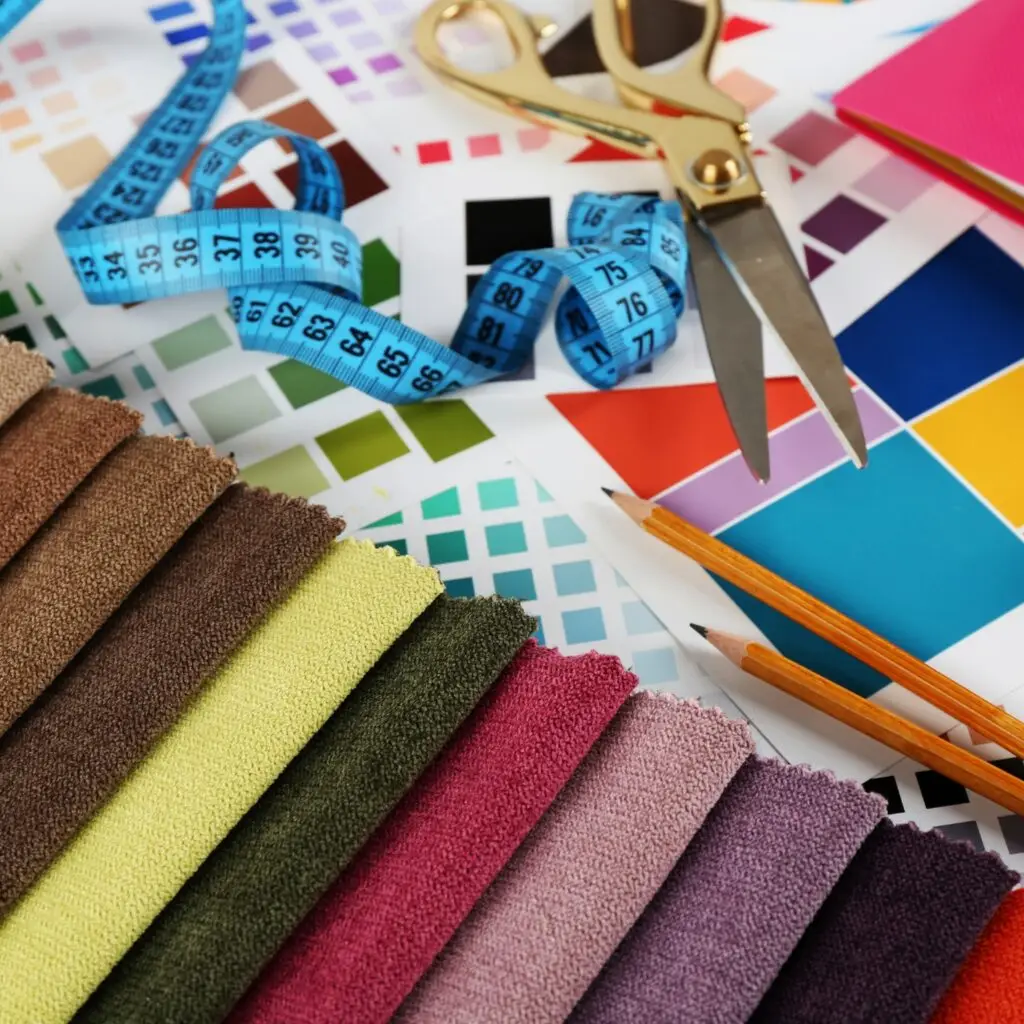
3. Technology-Driven Sustainability
Technology is playing a pivotal role in making fashion more sustainable, from AI-powered design tools to blockchain for transparent supply chains.
Tech Transformations in Fashion:
- Blockchain: Tracks materials and ensures ethical sourcing.
- AI Design Tools: Minimize fabric waste during production.
- 3D Printing: Creates customizable clothing with minimal waste.
4. The Rise of Digital Fashion
Digital fashion is blurring the lines between physical and virtual wardrobes. As the metaverse grows, digital fashion could revolutionize how we consume clothing.
Why Digital Fashion Is Sustainable:
- No materials or shipping required.
- Reduces demand for fast fashion.
- Perfect for online avatars and social media.
Example: Virtual sneakers and clothing sold by brands like Gucci and Balenciaga.
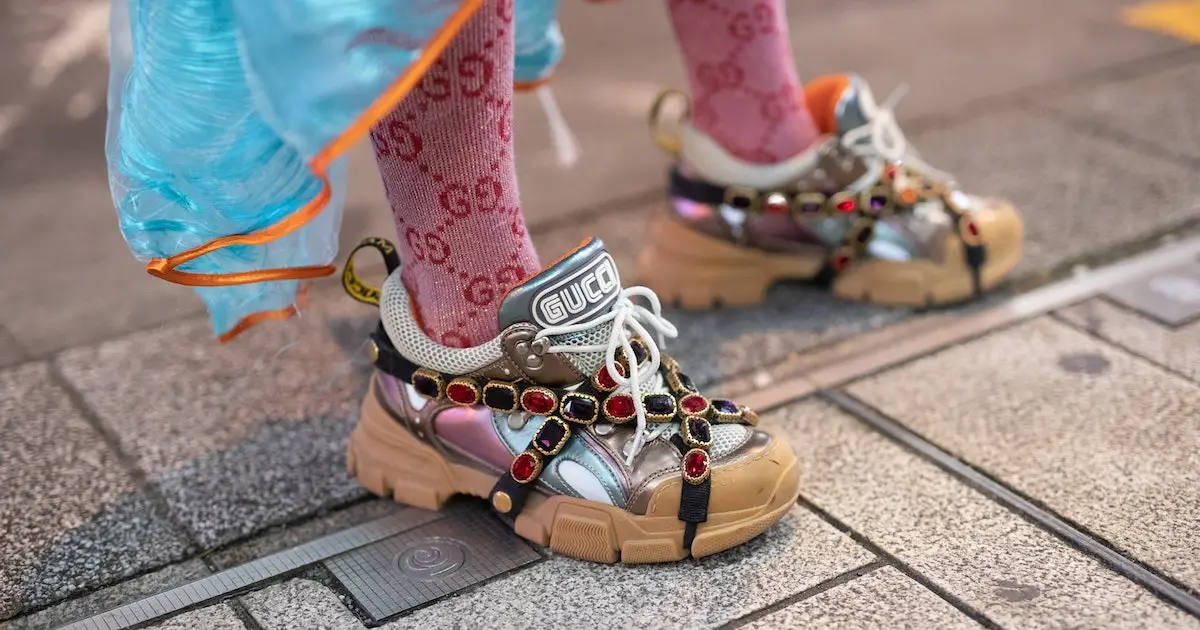
A vibrant avatar wearing a digital outfit, showcased on a futuristic metaverse backdrop.
Source : https://fashinnovation.nyc/guccis-12-virtual-sneakers-what-are-they-for/
5. Consumer-Led Movements
The power of consumers cannot be underestimated. As demand for transparency grows, brands are being held accountable like never before.
Consumer Trends Driving Change:
| Trend | Impact on Brands |
|---|---|
| Transparency | Pushes brands to disclose sourcing and labor practices. |
| Minimalism | Encourages smaller, curated wardrobes. |
| Second-Hand Shopping | Expands resale and rental markets. |
Pro Tip: Follow the “30 wears rule”: Only buy items you’ll wear at least 30 times.
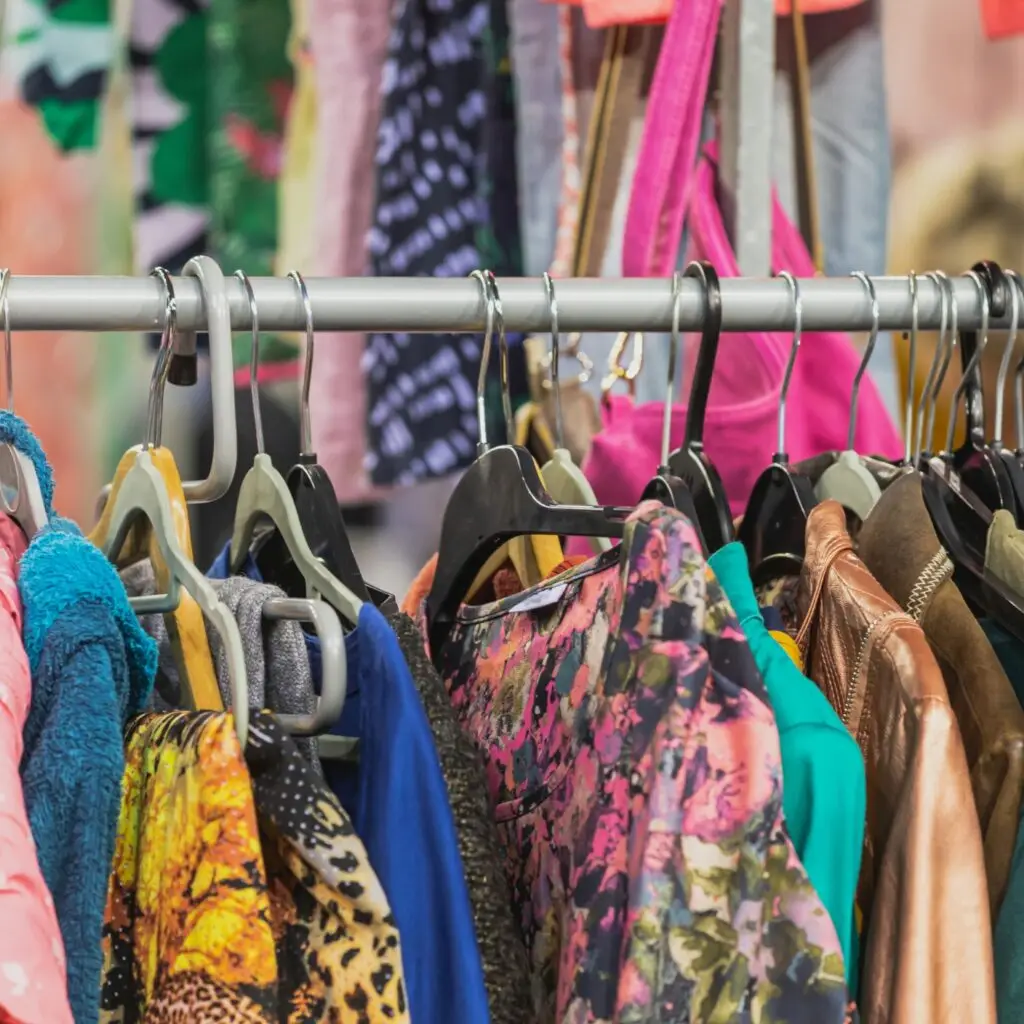
6. Local and Small-Scale Production
Fast fashion’s mass production is being replaced by local and small-scale operations that emphasize quality over quantity.
Benefits of Local Production:
- Reduces carbon emissions from transportation.
- Supports local artisans and economies.
- Ensures higher quality and craftsmanship.
External Link: Discover local brands at Good On You.
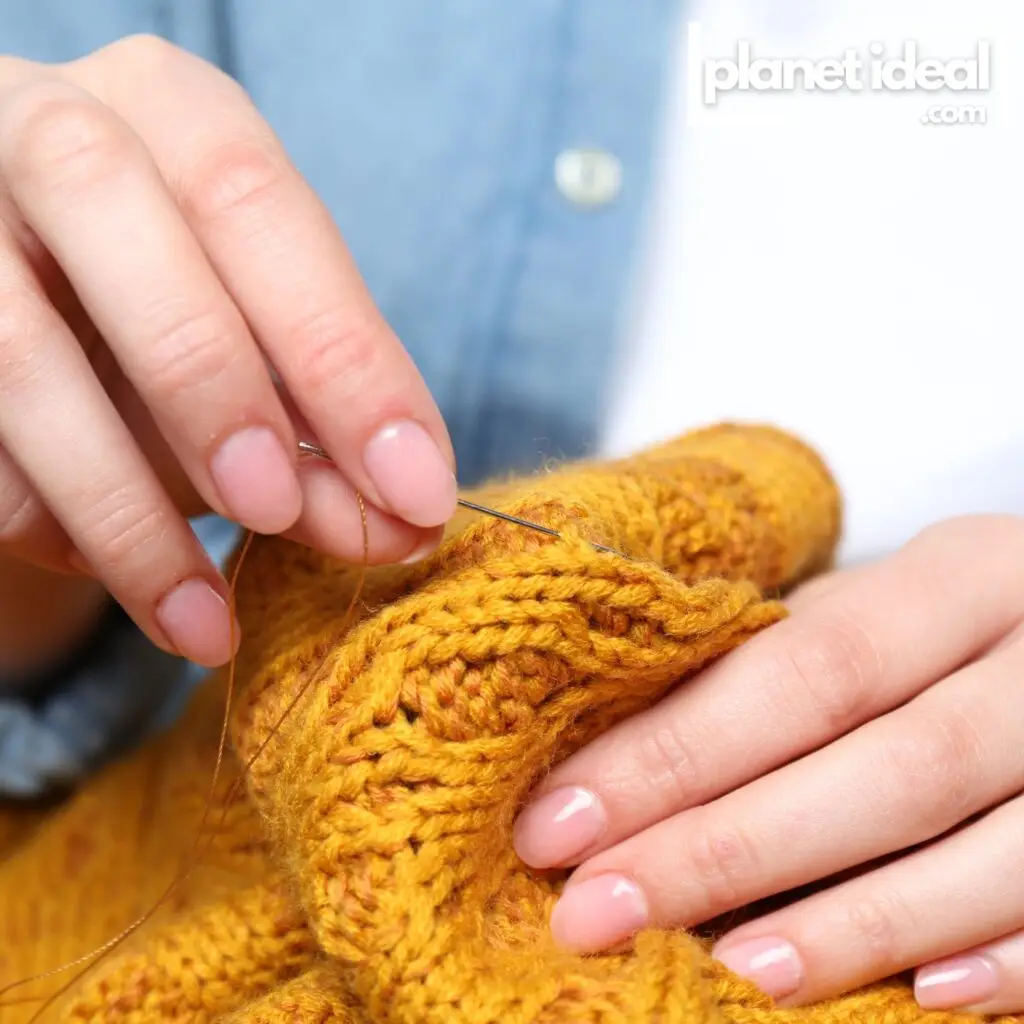
7. The Push for Inclusivity and Accessibility
Sustainable fashion is becoming more inclusive, ensuring that everyone can participate, regardless of size, budget, or location.
How Brands Are Adapting:
- Expanding size ranges to include all body types.
- Offering affordable sustainable options.
- Creating designs that reflect diverse cultures and identities.
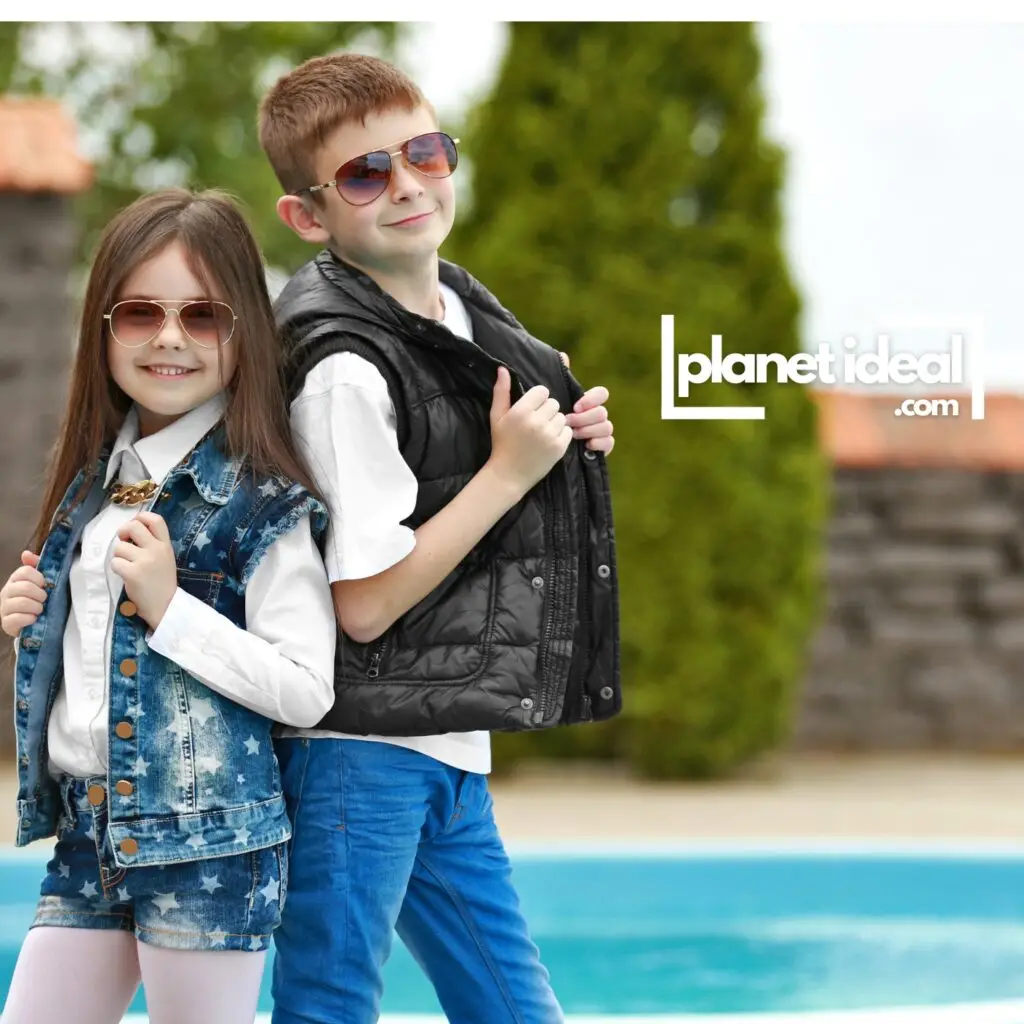
8. Challenges Ahead for Sustainable Fashion
While progress is being made, sustainable fashion faces challenges like greenwashing and high costs.
How to Address These Challenges:
| Challenge | Solution |
|---|---|
| Greenwashing | Research brands and look for certifications. |
| High Prices | Shop second-hand or participate in swaps. |
| Awareness | Educate others about the benefits of sustainability. |

9. What’s Next for Sustainable Fashion?
The future of sustainable fashion is bright, with endless possibilities for innovation and collaboration. As consumers, we hold the power to shape this future by supporting brands that align with our values and demanding transparency and accountability.
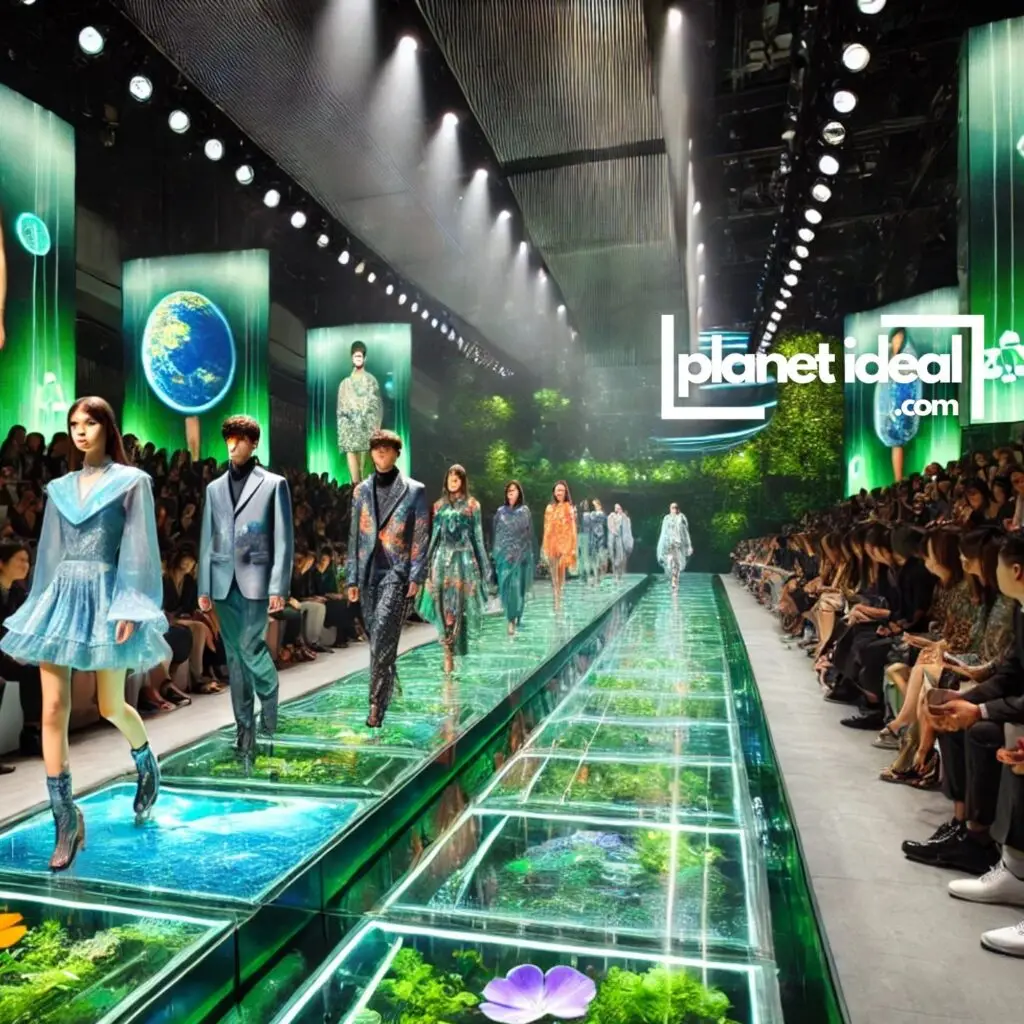
At Planet Ideal, we’re on a mission to make sustainable living accessible for everyone. Our team of eco-enthusiasts writes short, snappy, and easy-to-digest articles designed to inspire real change without overwhelming. From practical tips to innovative ideas, we’re here to prove that living green can be stylish, convenient, and enjoyable. Join us as we empower individuals, families, and communities to embrace eco-friendly lifestyles—one step, one story, and one solution at a time.

